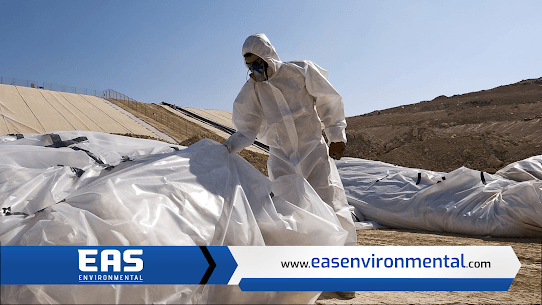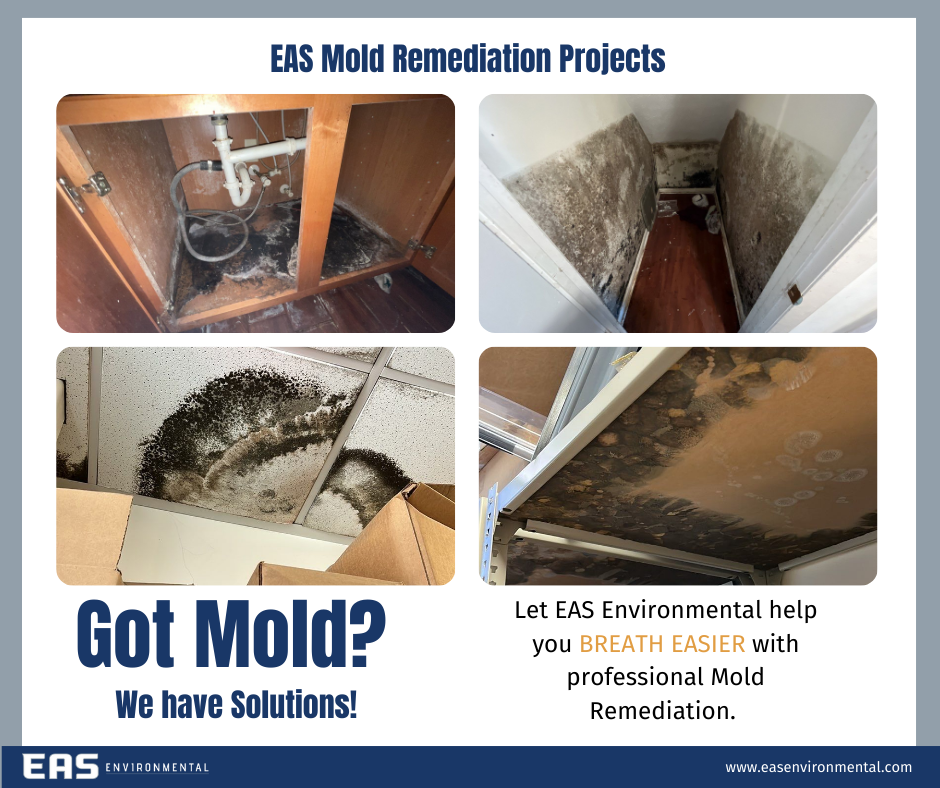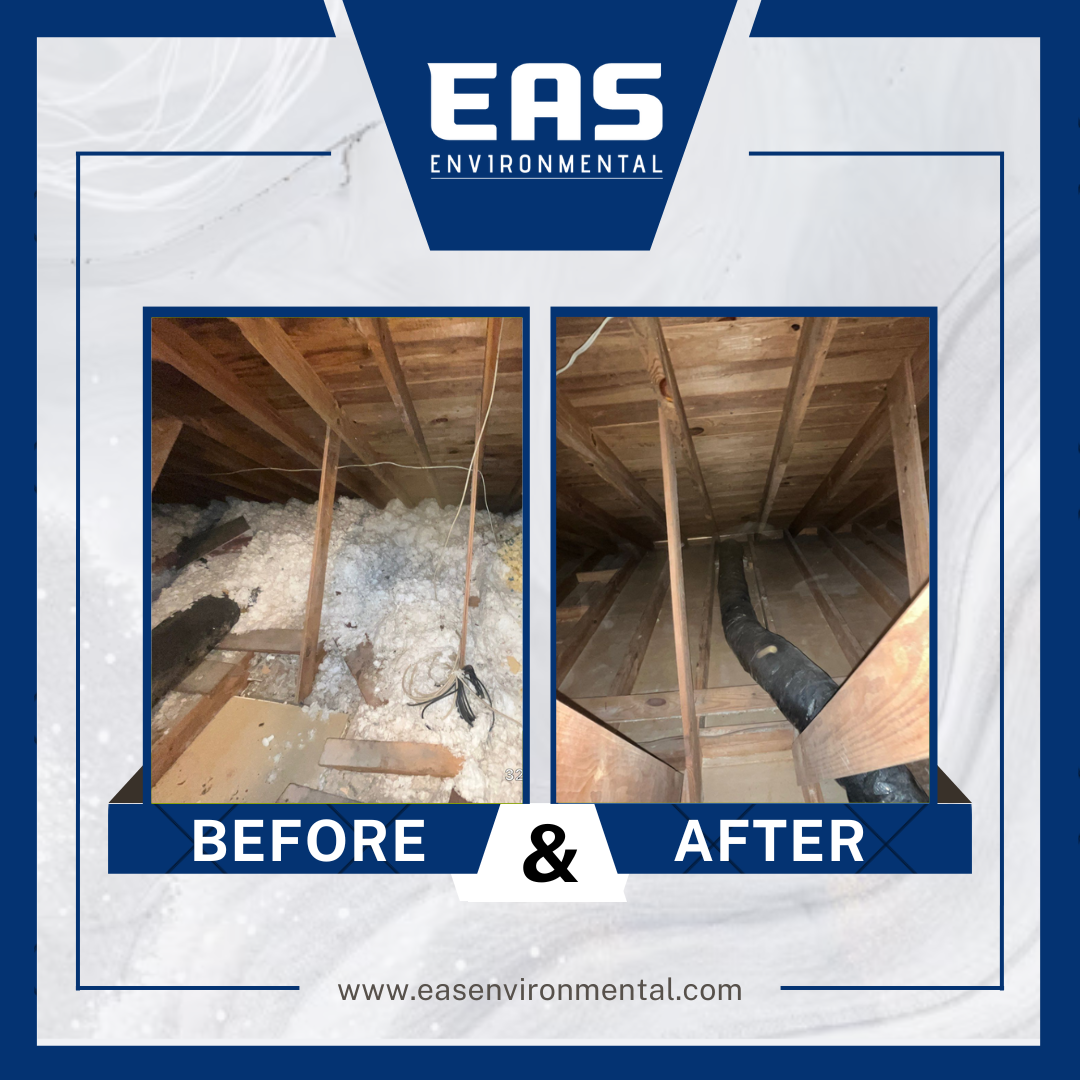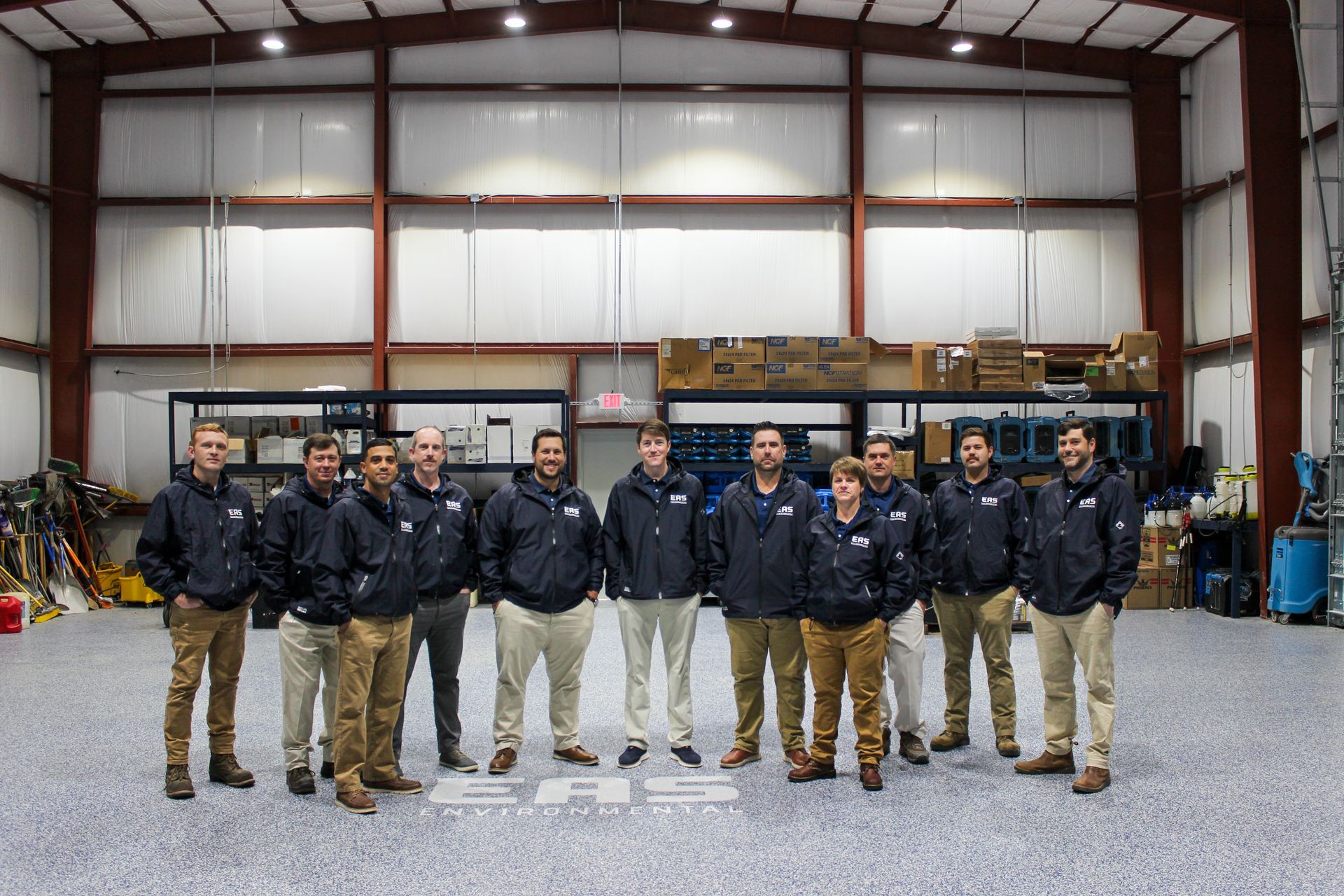
If you suspect that there may be asbestos in your home, don't panic! There are several ways to safely remove asbestos-containing materials from your home. Once removed, these materials should be disposed of properly to avoid contaminating other areas. If you're not comfortable removing asbestos yourself, there are many qualified professionals who can do it for you.
What is asbestos?
If you own an older home, there's a chance that it contains asbestos. Asbestos is a group of minerals that occur naturally in the environment. They are made up of tiny fibers that can easily become airborne and inhaled. Inhaling asbestos fibers can cause lung cancer and other serious health problems.
So, should you be worried about asbestos in your home? The answer is maybe. Asbestos only poses a health risk if the fibers are inhaled. So, if your home has asbestos insulation or other asbestos-containing materials, as long as they are in good condition and not deteriorating, they pose no risk to your health. It's only when these materials are disturbed, either through repair or renovations, that the fibers can become airborne and pose a threat to your health.
Where is asbestos found in the home?
Many homeowners are concerned about the presence of asbestos in their homes. Asbestos is a naturally occurring mineral that was once widely used in a variety of construction materials. Although its use has been curtailed in recent years, there is still a likelihood that asbestos may be present in older homes.
Asbestos fibers are resistant to heat, fire, and chemicals, which made them ideal for use in insulation, flooring, shingles, cement, and other materials. Unfortunately, when these materials begin to degrade, they can release asbestos fibers into the air. If inhaled, these fibers can cause serious health problems such as lung cancer, mesothelioma, and asbestosis. That's why it's important to know where asbestos might be found in your home and how to deal with it safely if it is present.
Flooring
Asbestos was commonly used in vinyl flooring tiles and adhesive backing until the 1980s. If your home has vinyl floors that were installed before that time, it's best to have them tested by a professional before proceeding with any renovation or repair work.
Insulation
Asbestos was also used as insulation material in both residential and commercial buildings up until the early 1990s. If you suspect that your home has asbestos-containing insulation, do not attempt to remove it yourself. Call a professional who is trained in dealing with this hazardous material.
Siding
Some types of siding materials may also contain asbestos fibers. If you're planning to replace the siding on your home, it's important to have it tested for asbestos before starting the job.
As you can see, there are several places where asbestos might be found in your home. If you suspect that your home contains asbestos-containing materials, the best course of action is to contact a professional for testing and removal services. Trying to remove asbestos yourself can put you at risk of exposure to harmful fibers.
How to Test for Asbestos
If you're concerned that your home may contain asbestos, the best way to find out is to have it tested by a qualified professional. Asbestos testing typically involves taking samples of the suspect material and sending them to a laboratory for analysis. The results of the test will tell you whether or not the material contains asbestos and, if so, what type of asbestos it is.
There are two main types of asbestos: chrysotile and amphibole. Chrysotile asbestos is by far the most common type of asbestos found in homes. It accounts for more than 95% of all asbestos found in buildings. Chrysotile fibers are soft and flexible, making them less likely to become airborne than amphibole fibers.
Amphibole asbestos includes six different types of minerals: actinolite, amosite, anthophyllite, crocidolite, tremolite, and libby vermiculite. Amphibole fibers are stiffer and sharper than chrysotile fibers, making them more likely to become airborne if they're disturbed. Of the six different types of amphibole minerals, crocidolite and amosite are considered the most dangerous because they're more likely to stay in the lungs once they're inhaled.
What are the health risks associated with asbestos exposure?
Asbestos is a known carcinogen, which means that it can cause cancer. In fact, mesothelioma, a type of cancer that affects the lining of the lungs, is almost exclusively caused by asbestos exposure. Asbestos exposure can also cause lung cancer and other respiratory diseases. Even if you don't develop cancer, asbestos exposure can lead to other health problems such as asbestosis (a chronic lung disease) and pleural effusion (the buildup of fluid around the lungs).
Asbestos exposure occurs when asbestos fibers are released into the air and inhaled. This can happen during construction activities (if asbestos-containing materials are present) or when repair work is being done on buildings or homes containing asbestos. It's important to be aware of the risk of asbestos exposure so that you can take steps to protect yourself, such as wearing a respirator when working in an area where asbestos may be present.
If you think you may have been exposed to asbestos, it's important to see a doctor right away and get tested. Early detection and treatment of asbestos-related diseases can improve your prognosis and improve your quality of life.
How can you test for asbestos in the home?
The first step is to collect samples of the material in your home that you think may contain asbestos. You'll need to take multiple samples from different areas of the material, and it's important to use a clean knife or other sharp objects to avoid cross-contamination. Once you have your samples, seal them in a plastic bag and label them clearly with the location they came from.
Next, you'll need to send your samples to a laboratory for testing. Make sure to choose a laboratory that is accredited by the National Institute of Standards and Technology (NIST) or another similar organization. Be sure to specify that you want the samples analyzed for asbestos content. The results of the testing will tell you whether or not asbestos is present in the material and, if so, at what level.
If the test results come back positive for asbestos, don't panic. As long as the material is in good condition and isn't being disturbed, the risk of exposure is low. However, you may want to consider having the material removed by a professional if it's damaged or deteriorating. In any case, it's important to have an asbestos removal company remove any asbestos-containing materials from your home before beginning any renovation or demolition work.
How can you remove asbestos from the home?
Asbestos was once considered a “miracle mineral” because of its unique properties. It is heat resistant, fireproof, and does not conduct electricity. Asbestos fibers are also very strong and flexible. These qualities made asbestos an ideal material for insulation and fireproofing. Asbestos was also used in pipe fittings, floor tiles, shingles, brake pads, and many other products.
Asbestos exposure can result in major health issues, such as lung cancer and mesothelioma, as we now know. It's important to get a specialist to remove any asbestos you fear may be present in your house. Here are some safe asbestos removal techniques you can use right now.
Contact your local health department or building inspector- Have your home tested for asbestos
- Hire a certified asbestos removal contractor
- Take steps to prevent exposure during the removal
- Repair any damage caused by the removal
- Have your home re-tested for asbestos
What are some of the risks associated with asbestos removal?
Not All Asbestos Is Created Equal
There are two main types of asbestos: friable and non-friable. Friable asbestos is softer and more prone to crumbling, while non-friable asbestos is harder and less likely to break down over time. While removal is always the best option when dealing with friable asbestos, non-friable asbestos can be left in place as long as it's properly sealed and not deteriorating.
The main risk associated with friable asbestos removal is airborne exposure. When disturbed, friable asbestos fibers become airborne and can be inhaled, leading to health problems down the road. That's why it's always best to leave friable asbestos removal to the professionals who have the training and equipment necessary to minimize exposure.
Improper Disposal Could Lead To Future Exposure
Once friable asbestos has been removed from your home, it must be disposed of properly—preferably at a certified landfill site—to ensure that it doesn't pose a risk to public health. Improper disposal of asbestos-containing materials (ACMs) could lead to future exposure for workmen at the landfill site or for members of the public who come into contact with the ACMs.
To ensure that your ACMs are properly disposed of, make sure to use a company that specializes in hazardous waste removal and has experience dealing with ACMs specifically. They will know how to properly package and label the material so that there's no risk of exposure during transport or disposal.
The Cost Of Removal Can Be Steep
While the cost of removing asbestos from your home will vary depending on factors like the type of ACM present and the size of your home, you can expect to pay several thousand dollars for professional removal services—and even more, if extensive repairs are required afterward.
If you're considering removing non-friable asbestos yourself to save money, think twice before taking on this enormous task. Not only could you expose yourself and your family to harmful fibers, but you could also end up spending more money in the long run if you're not able to properly dispose of the material or end up damaging your home during removal.
What are some of the best ways to prevent asbestos exposure in the home?
One of the best ways to prevent asbestos exposure in the home is to have an asbestos inspection performed by a certified professional. This inspection will identify any areas of your home that may contain asbestos. Once these areas are identified, you can take steps to repair or remove them.
If you have any areas of your home that contain asbestos, it's important to keep them well-ventilated. This will help to prevent the asbestos fibers from becoming airborne and inhaled. Additionally, you should avoid disturbing any areas that contain asbestos. If you must work in these areas, be sure to wear protective clothing, gloves, and a mask.
Another way to prevent asbestos exposure in the home is to regularly clean and vacuum all floors and surfaces. This will help to remove any asbestos fibers that may be present. Be sure to use a vacuum with a HEPA filter for this task.
Are there any safe asbestos removal products?
Wet Asbestos Removal Products
This type of product is applied to the affected area and allowed to soak in for a while. The idea is that the water will cause the asbestos fibers to swell and become less dangerous. After the product has had time to work, it is then cleaned away along with the asbestos fibers.
The problem with this method is that it can make the situation worse. When you wet asbestos fibers, they can become airborne and create an even greater health hazard. In addition, many of these products contain harmful chemicals that can be harmful if inhaled or ingested. For these reasons, we do not recommend using any wet asbestos removal products.
Dry Asbestos Removal Products
Another popular method for removing asbestos is to use a dry encapsulant. This type of product is applied directly to the affected area and forms a hard shell around the asbestos fibers. The thinking behind this method is that by encapsulating the fibers, they will be less likely to become airborne and pose a health hazard. While this method may be effective in some cases, there are also several drawbacks.
First of all, if not applied correctly, dry encapsulants can make the situation worse by releasing more asbestos fibers into the air. In addition, many of these products contain harmful chemicals that can be harmful if inhaled or ingested. Finally, once the product has been applied, it is very difficult to remove should you ever need or want to do so. For these reasons, we do not recommend using any dry encapsulants for asbestos removal.
Natural Asbestos Removal Products
There are also several natural products on the market that claim to be effective for removing asbestos fibers from your home safely and effectively. Some of these products include orange peels, vinegar, and lemon juice. While there is some anecdotal evidence that these products may be effective in some cases, there is no scientific evidence to support their claims. In addition, many of these products are very acidic and can damage your skin if not used properly. For these reasons, we do not recommend using any natural products for asbestos removal.
Conclusion
Asbestos is a naturally occurring mineral that was once popularly used in construction and insulation due to its heat-resistant properties. However, years of research have now proven that asbestos exposure can lead to several serious health problems, including cancer. If you think your home may contain asbestos, it's important to understand the risks and take steps to protect yourself and your family.
Contact EAS Environmental Today!
EAS Environmental will do everything we can to ensure your experience with us is excellent.
Request A FREE Estimate
Request a Free Estimate Form
We will get back to you as soon as possible.
Please try again later.
Checkout Recent Post



Got a Question? We’re Here to Help.
You can arrange an appointment or make an enquiry by phone or email, orget in touch to us via our contact form.
EAS Environmental is a specialty asbestos and lead abatement and demolition company that service the state of South Carolina.
CONTACT INFORMATION
Phone: 843-977-3273
Email: sturner@easenvironmental.com
Address: 125 Bud Lane Ladson, SC 29486
All Rights Reserved | EAS Environment
Privacy Policy | Terms & Conditions | Sitemap


